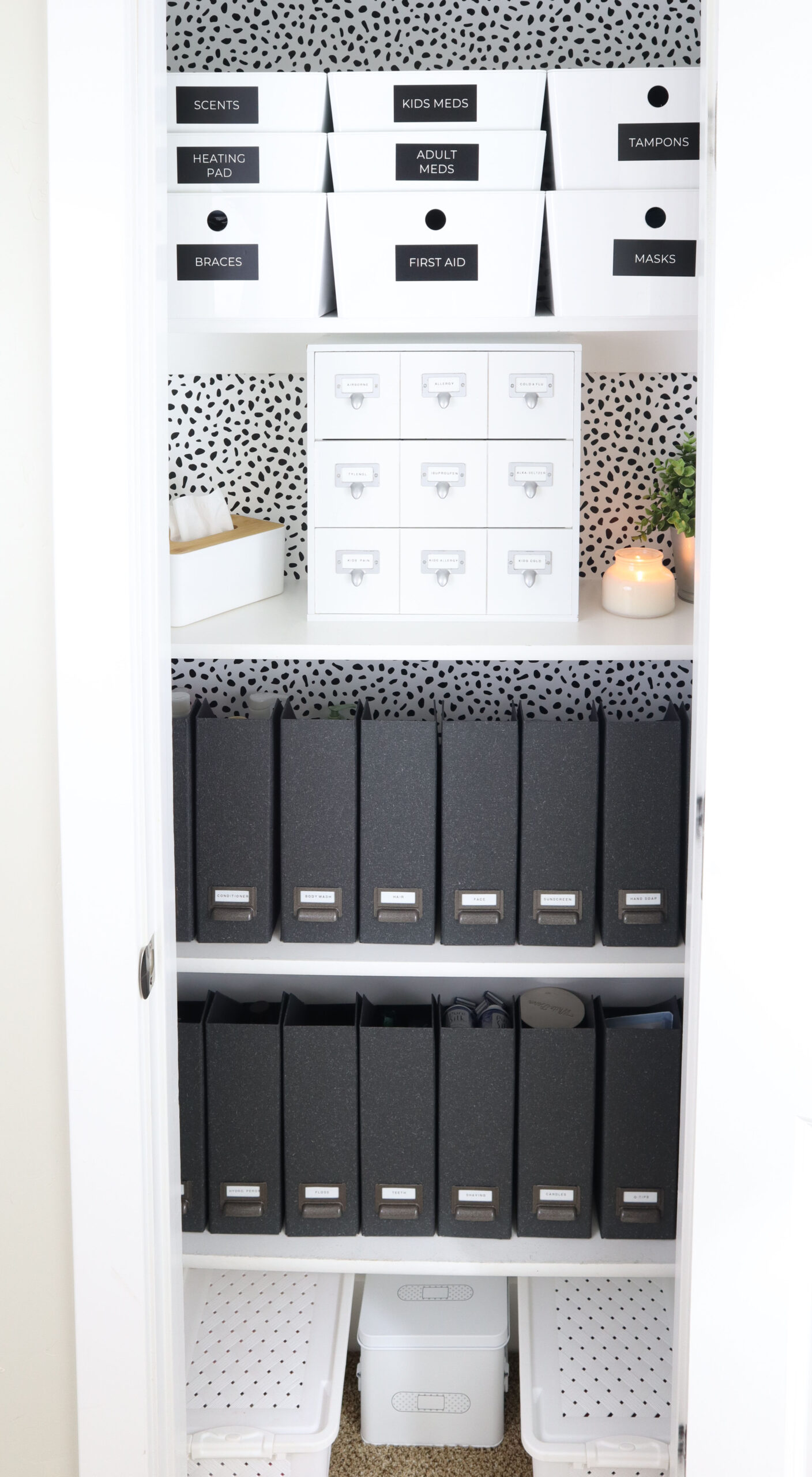Eco-Friendly Custom Wall Art: Sustainable Choices for Green Homes
In today’s world, more and more individuals are embracing consciousness and incorporating sustainable choices into various aspects of their lives. Whether it’s opting for food or driving vehicles, people are finding numerous ways to reduce their carbon footprint.
However, one often overlooked aspect of sustainability is home decor personalized wall art. With careful decisions, you can transform your home into an eco-sanctuary without compromising your unique style.
Choosing Environmentally Friendly Materials
When it comes to wall art, the choice of materials plays a role in determining its sustainability. Opting for materials that are recyclable, renewable, or biodegradable is the key:
1. Recycled Materials:
Selecting wall art print on demand crafted from materials not only supports sustainability but also adds a touch of individuality to your living space. Many talented artists and designers create pieces using wood, metal, or plastic. By repurposing these materials, you not only prevent them from ending up in landfills but also reduce the demand for new resources.
2. Sustainable Wood:
If you appreciate the timeless beauty of wood, consider wall art made from sourced timber.
Sustainable wood is sourced from forests that are responsibly managed, ensuring that the ecosystem remains unharmed. By choosing this option, you contribute to reforestation efforts and help protect habitats.
3. Eco-Friendly Fabrics:
Opt for wall art made from fabrics like cotton, linen, or hemp when considering tapestries or fabric hangings. These materials are grown without pesticides and are more environmentally friendly compared to synthetic alternatives. Additionally, natural fabrics biodegrade at the end of their life cycle.
4. Conscious Printing Practices:
When selecting custom wall art, pay attention to the type of ink used for printing. Water-based inks are a choice as they have an environmental impact compared to solvent-based inks, which often contain volatile organic compounds (VOCs) that contribute to air pollution. Choosing water-based inks also ensures non-toxicity.
Supporting artists and artisans is another way to promote sustainability with your custom wall art. Buying from talent invests in the community and reduces the environmental impact associated with shipping and transportation.
Furthermore, local artists often have a connection to their surroundings, enabling them to craft artwork that captures the beauty and essence of their region.
Adopting a mindset of simplicity and longevity
In a home, less is more. Embracing an approach to wall art not only minimizes waste but also cultivates a clean and serene ambiance. By adorning every wall with artwork, carefully select meaningful pieces that resonate deeply with you. By investing in timeless designs that genuinely resonate with your taste, you are less inclined to replace them, thus reducing the environmental impact.
Consider durability as another factor when choosing custom wall art. Seek out pieces crafted with skill and premium materials, ensuring they can withstand the test of time. By opting for artwork, you minimize the need for replacements while simultaneously diminishing waste and resource consumption.
Upcycling
If you find yourself with existing wall art that no longer aligns with your style or preferences, contemplate repurposing or upcycling it rather than disposing of it. Whether it involves applying a coat of paint or integrating it into an assemblage of pieces, there are countless creative methods to breathe new life into your current wall art collection. Through repurposing, you extend the lifespan of these artworks while concurrently reducing waste.
In conclusion
When it comes to decorating your home, choosing custom wall art that’s eco-friendly is an option. Not only does it allow you to add a touch, but it also helps minimize your impact on the environment. By opting for materials like recycled or sustainably sourced wood, natural fabrics, and water-based inks, you can make a choice towards sustainability.
Additionally, supporting artists and embracing minimalism can further contribute to creating a home. Lastly, repurposing and upcycling existing wall art is a way to reduce waste and embrace practices. So why not decorate your walls with eco-friendly custom wall art? It’s a way to create a space that reflects your values.






